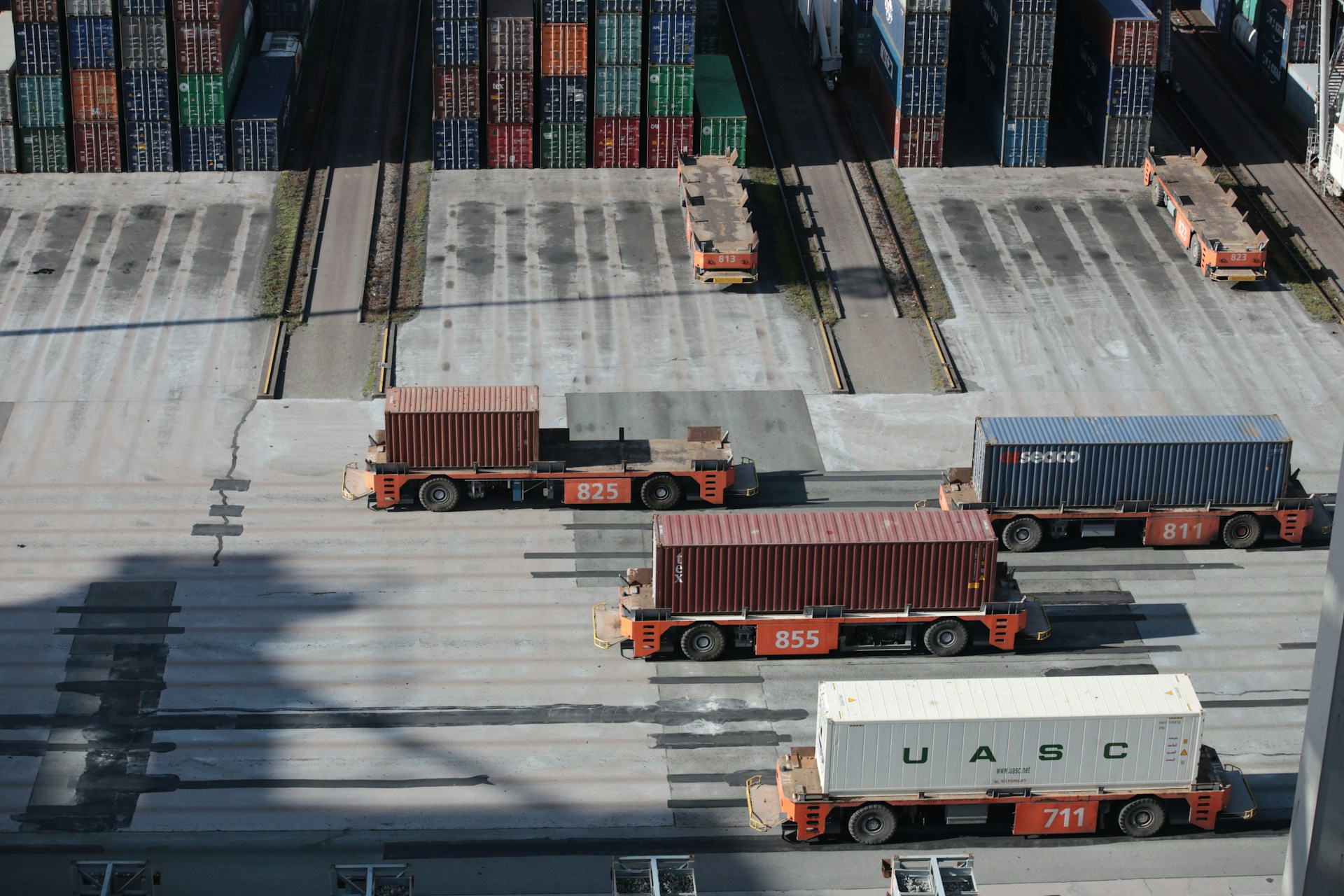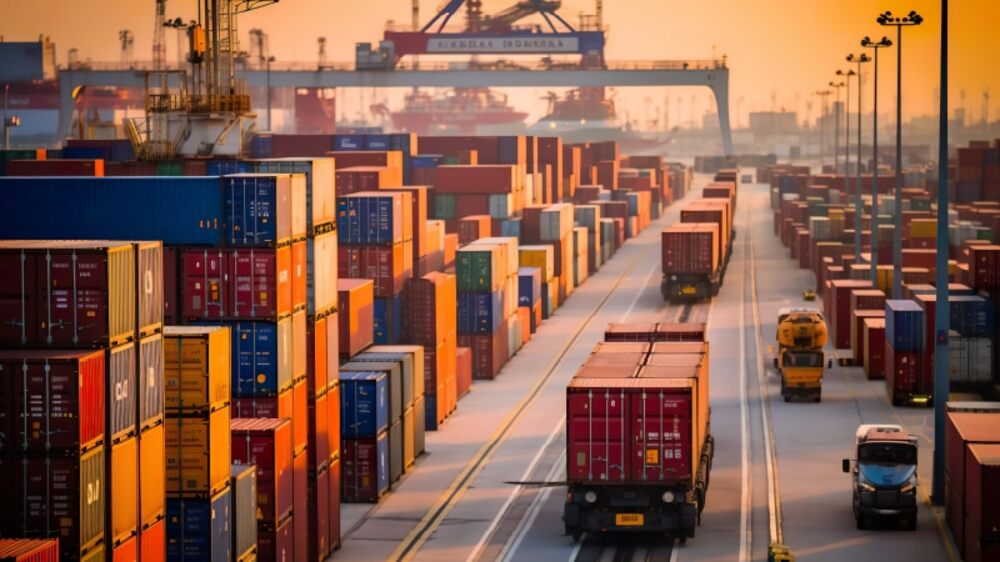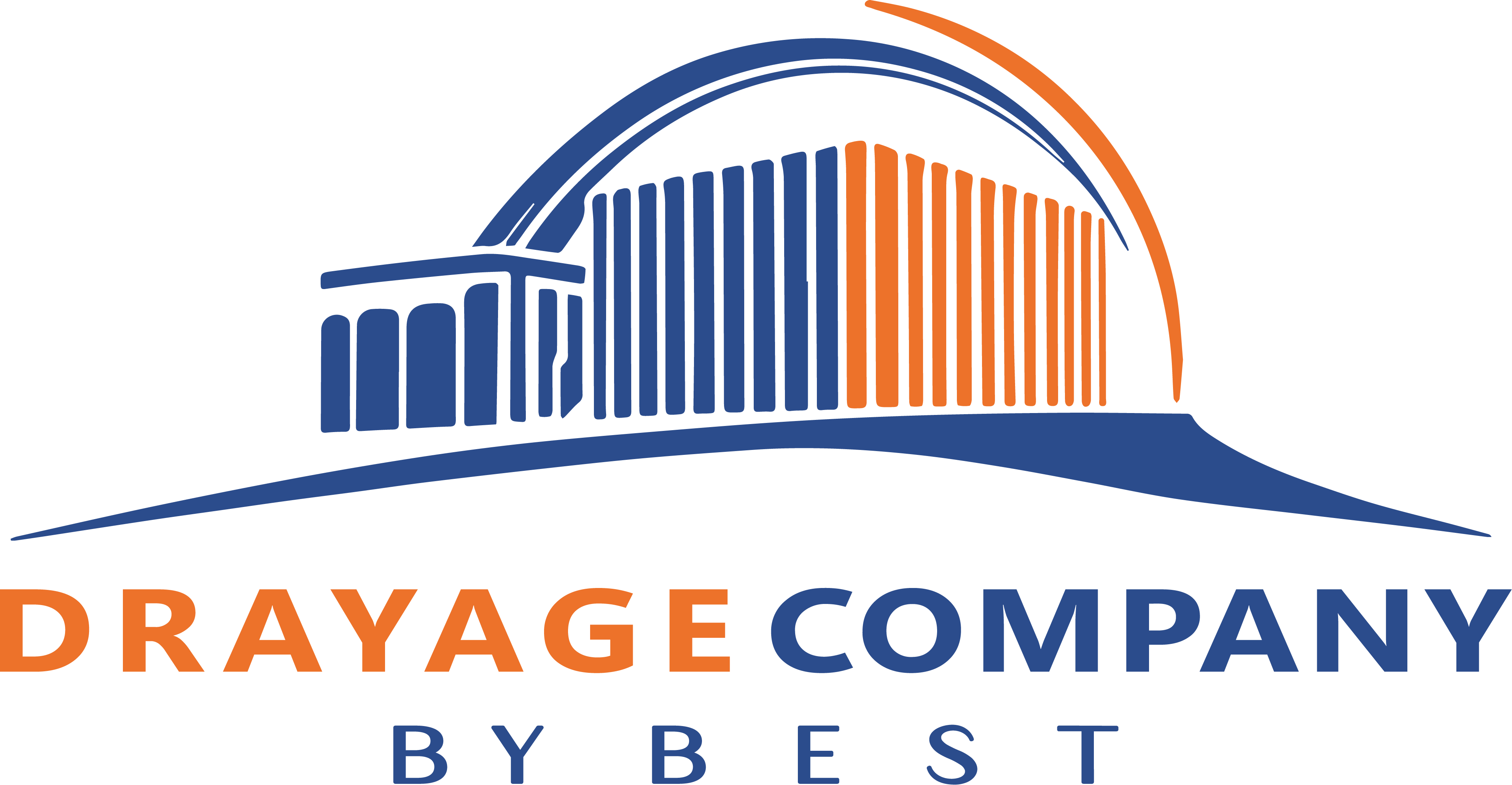Selecting the right provider for intermodal drayage services in New York City is a crucial decision that impacts the efficiency, cost, and reliability of freight transportation. Businesses rely on drayage providers to move containers seamlessly between ports, rail terminals, and distribution centers, but choosing the wrong partner can lead to delays, compliance issues, and unexpected expenses. Understanding common pitfalls in the selection process can help avoid costly mistakes and ensure a smooth supply chain.
Here are six common mistakes to avoid when choosing intermodal drayage services.
Table of Contents
Key Takeaways✔ Choosing an unreliable carrier can lead to delays, missed deadlines, and supply chain disruptions. ✔ Failing to verify compliance and certifications may result in legal issues, fines, or uninsured cargo. ✔ Limited network coverage and capacity can cause service gaps and logistical inefficiencies. ✔ Lack of modern tracking technology can make it difficult to monitor shipments and respond to delays. ✔ Prioritizing low costs over service quality can lead to hidden fees, poor reliability, and operational setbacks. ✔ Poor customer service and communication can result in unresolved issues, shipment delays, and added frustration. |
6 Mistakes to Avoid When Choosing Drayage Services
1. Failing to Check Carrier Reliability
Selecting a reliable carrier for intermodal drayage services is essential for maintaining a smooth and efficient supply chain. A dependable provider ensures shipments arrive on time, preventing costly delays and disruptions. Businesses that fail to assess a carrier’s reliability risk experiencing late deliveries, operational setbacks, and increased expenses.
Why On-Time Deliveries Matter
Timely delivery plays a crucial role in the success of container drayage services by keeping shipments on schedule and minimizing supply chain interruptions. Late deliveries can lead to operational inefficiencies, increased costs, and strained relationships with clients and partners.
- Ensures Supply Chain Efficiency: A reliable carrier prevents disruptions by delivering shipments as scheduled, allowing warehouses and distribution centers to operate without unnecessary delays.
- Reduces Additional Costs: Late deliveries often result in extra charges, such as demurrage fees, storage expenses, and penalties for missed deadlines. Choosing a dependable provider helps businesses avoid these financial setbacks.
- Improves Customer Satisfaction: Clients rely on consistent delivery schedules to meet their own operational deadlines. A carrier that consistently delivers on time helps maintain strong business relationships and customer trust.
How to Verify Reliability
Ensuring a carrier is dependable before committing to freight drayage services is essential for avoiding service failures and missed deadlines. Businesses should conduct thorough research to confirm a provider’s ability to deliver shipments on time and maintain high service standards.
- Review Customer Feedback: Checking online reviews and testimonials from other businesses can provide valuable insights into a carrier’s reliability. Frequent complaints about delayed shipments or poor service may indicate a lack of dependability.
- Request Industry References: Speaking with businesses that have previously used the carrier’s port drayage services can help verify their track record. Companies that consistently receive positive feedback from industry peers are more likely to provide reliable service.
- Analyze Performance Records: Examining a carrier’s historical data on delivery times and service consistency helps assess their ability to meet deadlines. Providers with a strong record of on-time deliveries are better suited for time-sensitive shipments.
- Confirm Operational Transparency: A trustworthy provider is upfront about potential service challenges and works proactively to resolve them. Open communication about expected transit times, potential risks, and contingency plans demonstrates a commitment to reliability.
2. Overlooking Compliance and Certifications
Choosing the right provider for drayage services is about more than just cost and availability. Compliance with industry regulations and proper certifications are essential to ensuring reliable, legal, and safe operations.
Ensuring Carriers Meet Industry Regulations
Regulatory compliance is crucial in intermodal drayage services, as carriers must follow industry rules to ensure safe and efficient freight movement. Ignoring this aspect can result in fines, cargo delays, or even legal disputes.
- Federal and State Regulations: Carriers must comply with federal and state transportation laws, including weight limits, emission standards, and driver work-hour restrictions. Ensuring a provider adheres to these regulations helps prevent service disruptions.
- Environmental Compliance: Many ports have strict environmental policies, particularly regarding emissions. Choosing a provider that meets these standards ensures smoother operations, especially for port drayage services where emissions regulations are strict.
- Safety Standards: Carriers must follow safety protocols to minimize risks. Checking for adherence to industry safety regulations, such as those set by the U.S. Department of Transportation (USDOT) and the Federal Motor Carrier Safety Administration (FMCSA), can help avoid accidents and legal issues.
Checking for Proper Licensing and Valuation
Before selecting a provider for freight drayage services, verifying their licensing and valuation coverage is essential. A lack of proper credentials can expose businesses to financial and operational risks.
- Operating Authority: Carriers should have valid operating authority issued by regulatory bodies such as the FMCSA. This ensures they are legally permitted to transport goods.
- Valuation Coverage: Adequate valuation protects against cargo damage, accidents, and liability claims. Look for carriers with coverage that includes cargo valuation, general liability, and workers’ compensation.
- Port Access Credentials: Providers of container drayage services must have the required port access permits and security clearances to operate within port facilities. Without these, shipments may face significant delays.
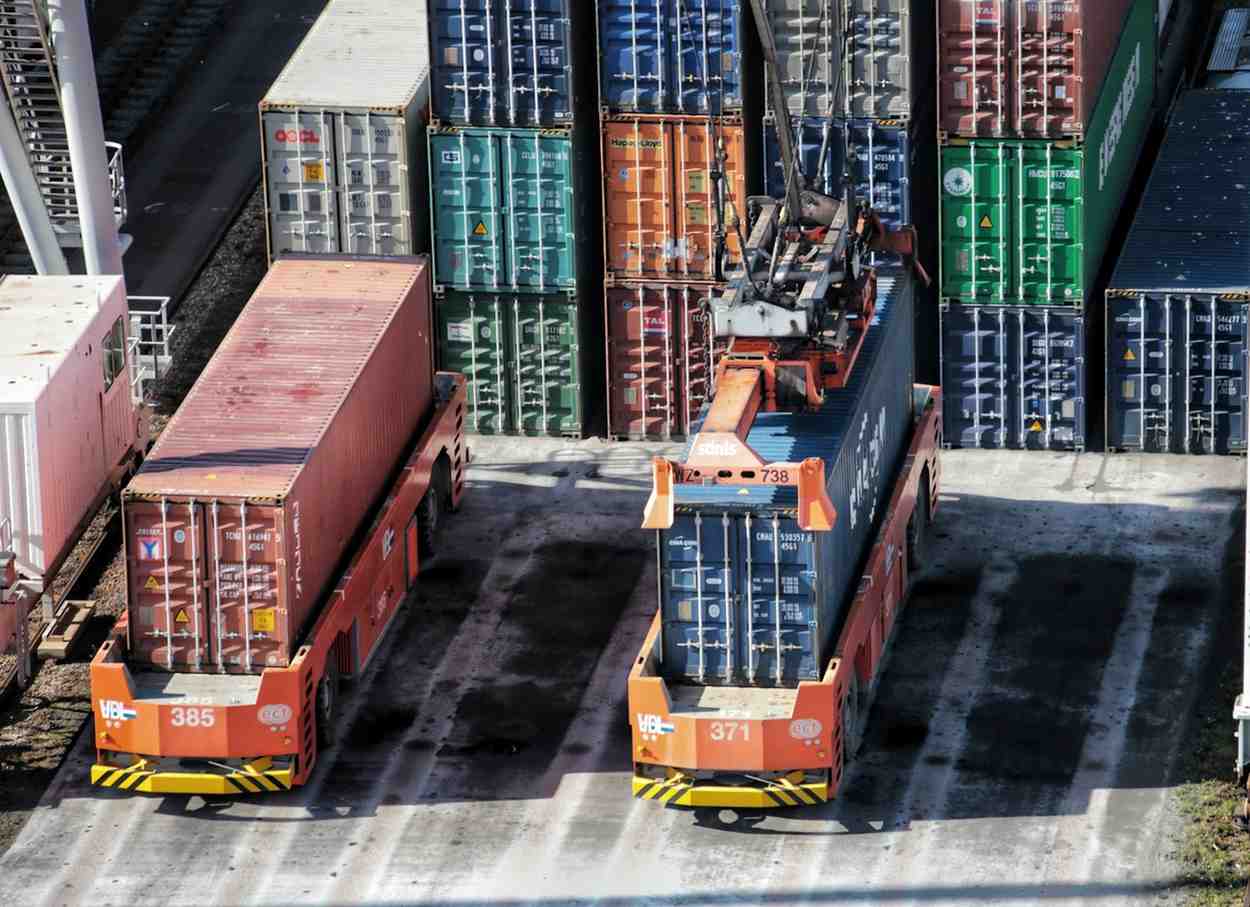
3. Ignoring Network Coverage and Capacity
Selecting the right intermodal drayage services provider requires careful evaluation of network coverage and capacity. Many businesses make the mistake of assuming all providers operate in their required regions or have the necessary resources to handle their shipments.
Assessing If the Provider Services Necessary Locations
Not all container drayage services have the same geographic reach. Some specialize in specific areas or ports, while others may have limited routes. Businesses should verify that a provider can effectively cover the locations where they need transportation services.
- Port Accessibility: Some port drayage services operate only at specific terminals, which may not align with a business’s shipping needs. It is important to confirm whether a provider has direct access to the necessary ports to avoid additional handling or transfer delays.
- Regional and National Reach: A provider with an extensive network can offer more flexibility, ensuring shipments are transported efficiently across multiple regions. Businesses operating in various locations should choose a provider that covers all required destinations.
- Last-Mile Delivery Options: Some freight drayage services only handle transportation between ports and rail yards, leaving businesses responsible for arranging last-mile delivery. Selecting a provider that offers end-to-end solutions can streamline logistics and reduce coordination efforts.
Evaluating Fleet Size and Availability
A provider’s fleet size and equipment availability significantly impact service reliability. Businesses should assess whether a drayage services provider has the necessary capacity to meet their shipping demands, especially during peak seasons.
- Availability of Equipment: A reliable provider should have a variety of trucks and chassis to handle different container sizes and weights. Limited equipment availability can lead to scheduling challenges and potential delays.
- Scalability During Peak Seasons: During high-demand periods, such as holiday seasons or major import/export cycles, some intermodal drayage services struggle to keep up with increased shipment volumes. A provider with a large and well-managed fleet can accommodate these fluctuations without service disruptions.
- Dedicated vs. Shared Fleet Options: Businesses with frequent shipments may benefit from a dedicated fleet that ensures consistent availability. On the other hand, a shared fleet option may be more cost-effective for companies with variable shipping needs.
4. Not Considering Technology and Tracking Capabilities
Intermodal drayage services are an essential part of the supply chain, helping move freight efficiently between ports, rail terminals, and distribution centers. However, many businesses fail to consider the importance of technology when selecting a drayage provider.
Why Real-Time Tracking is Crucial
Real-time tracking plays a critical role in the efficiency and reliability of drayage services. Without accurate tracking, businesses may experience shipment delays, coordination issues, and disruptions that impact the supply chain.
- Real-Time Shipment Visibility: Tracking technology provides live updates on shipment location and status, allowing businesses to monitor movements and minimize the risk of lost or misplaced cargo.
- Instant Delay Detection: Real-time tracking helps logistics teams identify delays at ports or rail terminals immediately, enabling them to adjust schedules or reroute shipments proactively.
- Seamless Coordination: Live tracking enhances communication between drayage carriers, warehouse operators, and logistics managers, reducing errors and ensuring smooth transitions between transport modes.
- Better Customer Experience: Accurate tracking updates allow businesses to provide reliable delivery estimates, improving trust and customer satisfaction in container drayage services.
Benefits of Modern Logistics Software
Modern logistics software provides essential tools that optimize port drayage services, improve efficiency, and reduce costs. Companies that fail to leverage this technology may experience operational inefficiencies and increased expenses.
- Automated Scheduling and Routing: Advanced software optimizes routes and schedules to reduce transit times, lower fuel costs, and maximize efficiency in freight drayage services.
- Comprehensive Data Analytics and Reporting: Logistics software collects and analyzes shipment data, helping businesses identify trends, optimize processes, and make informed decisions.
- Seamless System Integration: Many logistics platforms integrate with warehouse management systems, transportation management systems, and customer tracking portals. This ensures a smooth flow of information and minimizes administrative burdens.
- Regulatory Compliance and Documentation Management: Automated compliance tools help carriers meet industry regulations, ensuring that all shipments have the necessary documentation and reducing the risk of fines or legal issues.
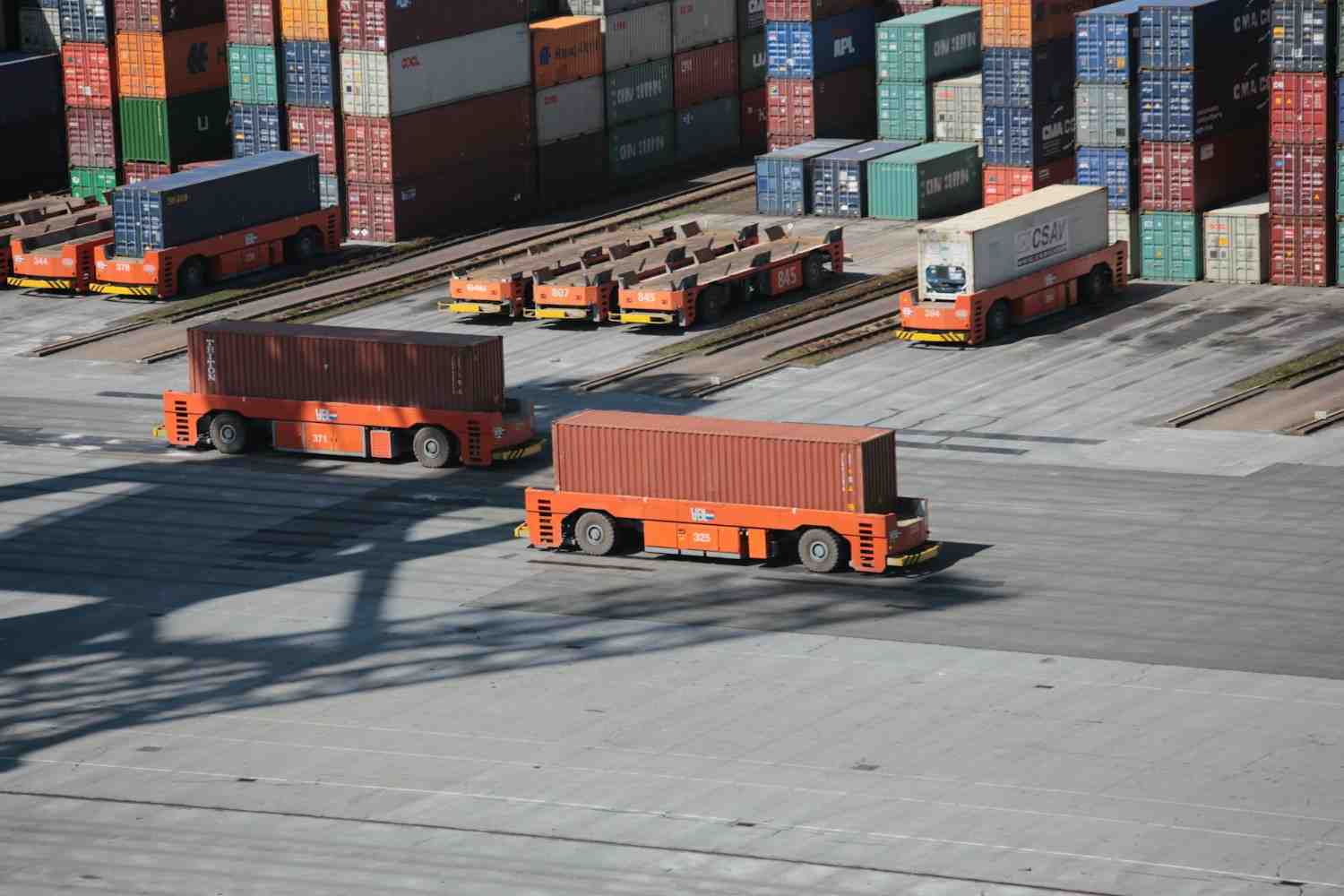
5. Focusing Solely on Cost Instead of Value
When selecting intermodal drayage services, it is important to look beyond just the initial cost. While lower prices may seem appealing, choosing a provider based solely on cost can lead to unexpected issues such as delays, poor service quality, and hidden charges.
Balancing Price With Service Quality
Choosing the least expensive drayage services provider may not always be the best decision. The overall value a provider offers is more important than just the price.
- Reliability and Timeliness: A dependable provider ensures shipments arrive on schedule, reducing the risk of delays that could disrupt the supply chain and increase costs.
- Equipment and Fleet Condition: Well-maintained trucks and chassis help prevent mechanical failures that could cause delivery disruptions. A provider with a modern, well-kept fleet is more likely to deliver reliable service.
- Expertise in Regulations: A knowledgeable provider understands industry regulations, customs procedures, and port requirements, ensuring compliance and preventing fines or shipment hold-ups.
- Customer Support and Communication: Clear and consistent communication helps avoid misunderstandings and delays. A provider with strong customer support ensures that clients receive timely updates and assistance when needed.
Hidden Fees and Unexpected Costs
A low base price may not reflect the true cost of port drayage services. Some providers charge additional fees that may not be immediately obvious but can significantly increase the overall cost.
However, drayage services vary depending on factors like distance, port fees, and service levels, so it is recommended to check with reputable companies like Drayage Company By Best for accurate pricing and transparent information.
- Chassis Fees: Some providers charge extra for using a chassis to transport containers, which may not be included in the initial quote.
- Detention and Demurrage Fees: Delays in picking up or returning containers can lead to additional charges imposed by terminals or shipping lines. These fees can quickly accumulate if not properly managed.
- Fuel Surcharges: Changes in fuel prices can lead to additional charges that affect the total cost of drayage services. Since fuel prices typically rise in the spring and peak in late summer due to increased travel demand, these fluctuations can impact transportation expenses.
- Accessorial Charges: Additional fees may apply for services such as container re-delivery, storage, overweight handling, or special equipment requirements. These charges can add up, making a seemingly low-cost provider more expensive than expected.
6. Neglecting Customer Service and Support
Selecting a provider for drayage services requires more than just evaluating cost and capacity. Customer service is a critical factor that influences the efficiency of freight movement, problem resolution, and overall experience.
Why Responsive Communication Matters
Effective communication is a fundamental aspect of successful intermodal drayage services. Miscommunication is one of the leading causes of project failure, and in freight logistics, unclear or delayed updates can result in unexpected disruptions, missed deadlines, and increased costs.
- Real-Time Updates: A dependable provider offers real-time tracking and regular status updates, allowing businesses to monitor their shipments and plan accordingly.
- Quick Response Time: Prompt responses to inquiries and concerns help prevent minor issues from escalating into significant problems that could delay freight movement.
- Multiple Communication Channels: The best container drayage services providers offer various contact options, such as phone, email, and online customer portals, to ensure accessibility and convenience.
Evaluating Customer Service Track Record
Assessing a provider’s history of customer service is essential when selecting port drayage services. A company’s reputation and past performance can indicate how well it handles challenges and supports its clients throughout the shipping process.
- Customer Reviews and Testimonials: Reading feedback from other businesses provides valuable insights into the provider’s ability to maintain transparency, resolve issues, and ensure on-time deliveries.
- Availability of Dedicated Support: A provider offering freight drayage services should have knowledgeable customer service representatives who can address concerns and provide solutions quickly.
- Problem Resolution Efficiency: A provider’s ability to resolve disputes, recover lost shipments, and manage unexpected delays efficiently is a key indicator of its reliability and commitment to customer satisfaction.
Frequently Asked Questions
Where is intermodal drayage commonly used?
Intermodal drayage is commonly used at ports, rail yards, and distribution centers. It plays a key role in major transportation hubs where cargo needs to be transferred between ships, trains, and trucks. Large coastal ports and inland rail terminals often rely on drayage services to move containers quickly. Warehouses and storage facilities also depend on drayage to receive or send shipments. Industrial areas near major highways or railroads frequently have drayage operations.
How long does an intermodal drayage trip usually take?
Most intermodal drayage trips are short, often lasting a few hours to a day. The exact time depends on the distance between the pickup and drop-off locations. Local trips within the same city or port area may take just a few hours. Longer drayage trips, such as those between a port and an inland rail terminal, can take a day or more. Traffic conditions, loading and unloading times, and scheduling also affect how long the trip takes.
What challenges do intermodal drayage companies face?
Drayage companies often deal with traffic congestion, delays at ports, and changing regulations. Weather conditions can also impact schedules, especially in areas prone to storms or heavy snowfall. Sometimes, containers take longer than expected to be unloaded, causing delays for truck drivers. Fuel costs and fluctuating demand for shipping services can affect operating expenses. Driver shortages can also be a challenge, as the industry relies on experienced truckers.
How do drayage companies coordinate shipments?
Drayage companies coordinate shipments through logistics software, dispatch teams, and direct communication with ports and rail yards. Scheduling and route planning are key to ensuring timely deliveries. Many companies use tracking technology to monitor container movements in real-time. Communication between truck drivers, warehouses, and shipping companies is essential for smooth operations. Some companies offer online platforms where customers can check shipment status and make adjustments.
Why is drayage important in logistics?
Drayage plays a critical role in connecting different parts of the supply chain. It ensures goods move efficiently between ports, rail yards, and warehouses. Without drayage, containers would get stuck at shipping hubs, causing delays in global trade. It also helps businesses receive products on time, keeping store shelves stocked and manufacturing running smoothly. Drayage supports industries of all sizes by facilitating the movement of goods across short distances.
Choose Reliable Drayage Services in New York City Today!
Managing freight efficiently requires a trusted partner who understands the complexities of drayage services in New York City. Drayage Company By Best provides dependable, on-time solutions for businesses that need seamless transportation from ports, rail yards, and warehouses. With a strong track record in New York City, our team ensures that shipments move efficiently, reducing delays and improving supply chain operations.
Contact us today to experience expert drayage solutions tailored to your needs in New York City!
